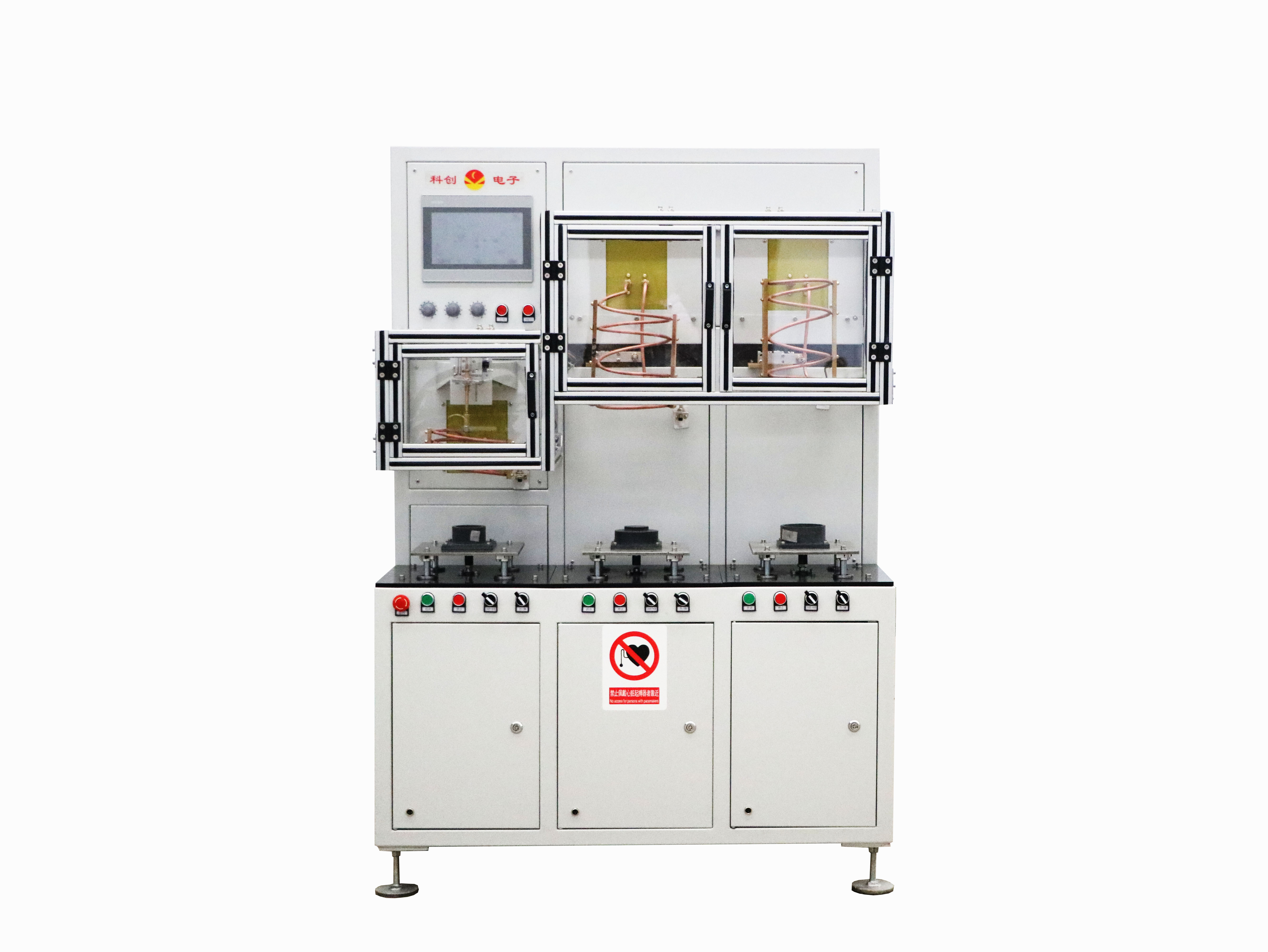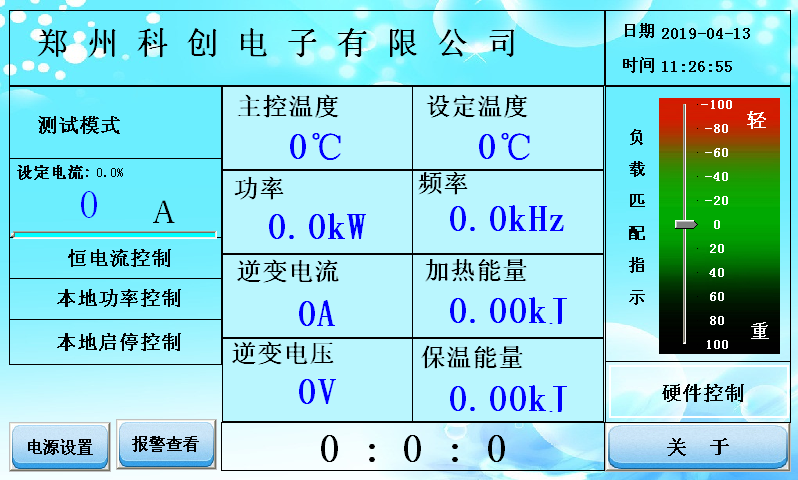At present, the mold is heated by a common electric heating oil bath oven. The main principle is to heat the mold by heat radiation from the wall of the oven and heat exchange between the hot air and the mold. The ordinary electric heating oil bath oven has the disadvantages of long heating cycle, low heating efficiency, high experience requirements for operators and high energy consumption. As a heating technology, induction heating has the characteristics of precise heating depth and heating area, high heating power, fast heating speed, high efficiency, low energy consumption, easy control of heating temperature, and easy automation of the heating process. In the 1970s, since induction heating technology was widely used in industrial production, it has shown more and more extensive application prospects in many industrial fields. At the same time, the investment cost of induction heating equipment is low, especially the temperature control is accurate. Applying it to the powder warm-press molding process will greatly improve the quality and production efficiency of molded products.
1.Three-station mold special preheating equipment
Special equipment for three-station mold induction heating preheating: continuous induction heating, one mold is preheated approximately every 60 seconds, and the mold preheating is controlled by a three-position integrated intelligent induction heating equipment for closed-loop temperature control to preheat the mold to 150 ℃ for assembly. The temperature difference between the temperature of the outer wall of the mold and the temperature of the inner wall of the mold is small, which reduces the overshoot tendency of the internal temperature of the mold. The temperature is stable and easy to control during the heating process, which improves the production efficiency and product quality.
Features:
1) Induction heating preheating method: high efficiency, fast preheating speed, multi-stage control of preheating zone temperature, uniform preheating temperature, no oxidation phenomenon;
2) Adopt the second-generation DSP intelligent induction heating equipment, adopt double closed-loop control of power temperature, and can realize the function of temperature curve control, 4-point temperature display and protection function. During the heating process, the overall temperature of the mold does not exceed the set temperature ± 3 ° C; at the end of the heating, the temperature difference between the various parts of the mold is less than 5 ° C; the heating power is adjustable, which can be adjusted according to the measured temperature of the mold, and achieves the heat preservation function.
3) On-line thermocouple closed-loop control system, high temperature control accuracy, fast control speed, real-time temperature display and record.
4) Real-time temperature alarm function, when there is an abnormal situation in the production line, an alarm signal is issued in time, including high and low temperature alarm, heating overtime alarm, etc.
5) Professional on-line tooling positioning fixture to ensure accurate positioning of each mold when heating, temperature uniformity, and preheating speed.
6) With any combination of constant power, constant current, and constant temperature, which is convenient for different load heating applications.
7) With remote control and internal control operation mode switching, it is convenient to switch the control mode.
8) With load matching indication function, it is convenient and intuitive to guide the choice of load matching.
9) It has the function of recording device alarm status, which is convenient for querying the historical data of the device.
10) With hierarchical login function for administrators and operators to prevent unauthorized personnel from adjusting the heating process.
Intelligent DSP induction heating operation status and parameters such as voltage, current, power, frequency, etc. are collected and monitored in real time. At the same time, these states can be directly connected to the centralized control network through the internal communication interface of the power supply, and the required parameters are transmitted to other controllers such as industrial control computers, numerical control systems, notebook computers, remote control centers, etc. to achieve the needs of the workshop Internet of Things.

